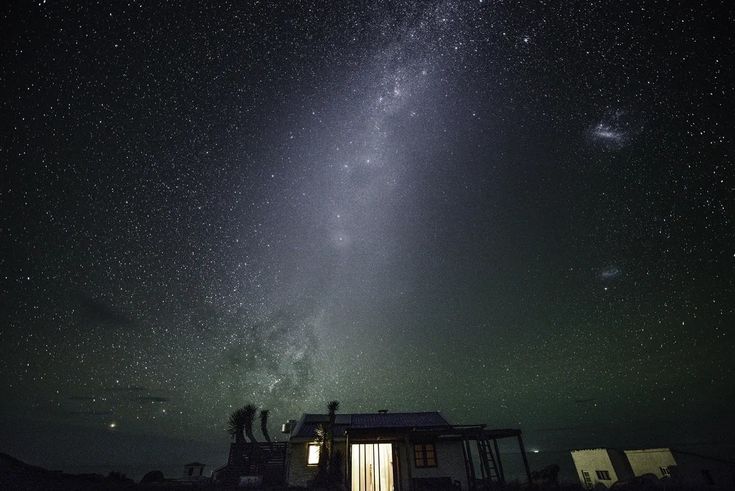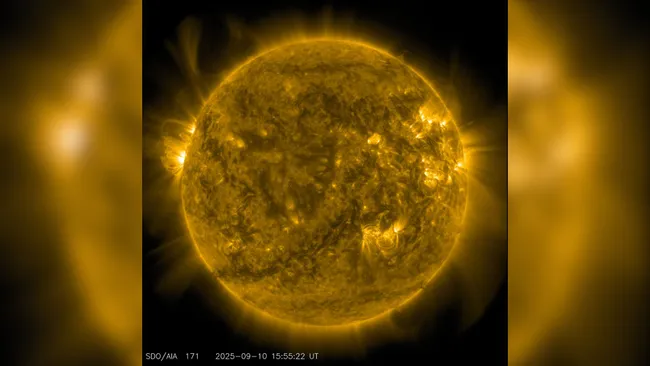The Murchison Widefield Array Expansion marks a significant leap forward for radio astronomy. Located in the remote outback of Western Australia, the Murchison Widefield Array (MWA) has been a workhorse in the hunt for cosmic signals since 2013. Now, with its latest upgrade—doubling in size and capability—it stands ready to answer some of the universe’s most profound questions, from the birth of the first stars to the possibility of extraterrestrial intelligence.
What is the Murchison Widefield Array?
The MWA is a low-frequency radio telescope designed to capture signals in the 70–300 MHz range. Unlike traditional telescopes with massive dishes, the MWA consists of thousands of simple antennas spread across the desert, working together through software and advanced computing power.
This design makes the MWA:
- Wide-Field: It can scan vast sections of the sky at once.
- Flexible: Software upgrades can dramatically improve its capabilities.
- Collaborative: It’s part of international research on cosmic origins and astrophysics.
The Murchison Widefield Array Expansion enhances all of these strengths.
What the Expansion Means
The expansion, known as Phase III, has doubled the telescope’s array by adding hundreds of new antennas. With this leap:
- Sensitivity Doubled: The telescope can now detect fainter cosmic signals.
- Sharper Resolution: Images of cosmic phenomena are clearer and more detailed.
- Greater Reach: Scientists can study both nearby cosmic events and extremely distant ones.
The Murchison Widefield Array Expansion doesn’t just make the telescope bigger—it makes it smarter, faster, and more versatile.
Science Goals of the Expansion
1. Exploring the Cosmic Dawn
One of the MWA’s primary missions is to detect signals from the Cosmic Dawn—the time when the first stars and galaxies lit up the universe. The faint radio signals from hydrogen atoms in this era hold secrets about how cosmic structures formed.
With the expansion, the telescope is better positioned to finally detect this elusive signal, which would be a groundbreaking achievement in astronomy.
2. Hunting for Extraterrestrial Signals
The MWA is also a player in the Search for Extraterrestrial Intelligence (SETI). Its wide field of view allows astronomers to scan huge sections of the sky for unusual radio transmissions. With doubled sensitivity, the chances of picking up potential artificial signals increase dramatically.
3. Understanding the Milky Way
Closer to home, the Murchison Widefield Array Expansion helps astronomers map the magnetic field of our galaxy, track cosmic rays, and study how stars and supernovae shape the galactic environment.
4. Solar and Space Weather Research
The Sun is another key target. By monitoring solar flares and bursts, the MWA contributes to space weather forecasting, which has implications for satellites, astronauts, and even power grids on Earth.
The Road to the Square Kilometre Array (SKA)
The MWA is more than a standalone instrument—it’s a precursor to the Square Kilometre Array (SKA), the world’s largest radio telescope currently under construction.
- The Murchison Widefield Array Expansion serves as a testing ground for technologies that will power the SKA.
- Data handling techniques, computing solutions, and signal-processing strategies developed at MWA will scale up for SKA operations.
- The expansion keeps Australia at the forefront of international radio astronomy collaboration.
Why the Location Matters
The MWA sits in the Murchison region of Western Australia, one of the most radio-quiet places on Earth. With almost no human-made interference (like cell phones or radio towers), it provides a pristine environment for detecting faint cosmic signals.
The Murchison Widefield Array Expansion leverages this unique location, ensuring that Earth’s increasing noise doesn’t drown out whispers from the cosmos.
Challenges in Radio Astronomy
Even with the expansion, challenges remain:
- Data Overload: The telescope produces terabytes of data daily, requiring advanced computing systems to process.
- Signal Confusion: Differentiating natural cosmic signals from human-made interference is an ongoing task.
- Funding & Collaboration: International support is critical to maintaining operations and analyzing data.
Yet these challenges also drive innovation in computing, machine learning, and global collaboration.

Public and Scientific Excitement
The release of the Murchison Widefield Array Expansion news has energized the astronomy community. Researchers worldwide are eager to propose new projects, ranging from mapping nearby galaxies to exploring the edge of the observable universe.
Meanwhile, the public fascination with cosmic discovery—fueled by telescopes like JWST—means the MWA’s results are likely to capture wide attention.
What Could It Find Next?
Some of the most exciting possibilities include:
- Detecting the first unambiguous signal from the Cosmic Dawn.
- Discovering new classes of radio phenomena, like fast radio bursts (FRBs).
- Identifying patterns in SETI searches that point to artificial origins.
- Revealing how galaxies evolve across cosmic time.
The Murchison Widefield Array Expansion doesn’t guarantee these discoveries, but it makes them more likely than ever before.
Conclusion
The Murchison Widefield Array Expansion is a milestone in modern astronomy. By doubling the telescope’s sensitivity and resolution, it opens new frontiers in the study of the universe’s origins, the hunt for alien life, and the dynamics of our own Milky Way.
As a stepping stone to the Square Kilometre Array, it ensures that humanity will continue to push deeper into the cosmic unknown. And from the silence of the Australian desert, the whispers of the universe are now clearer than ever.


